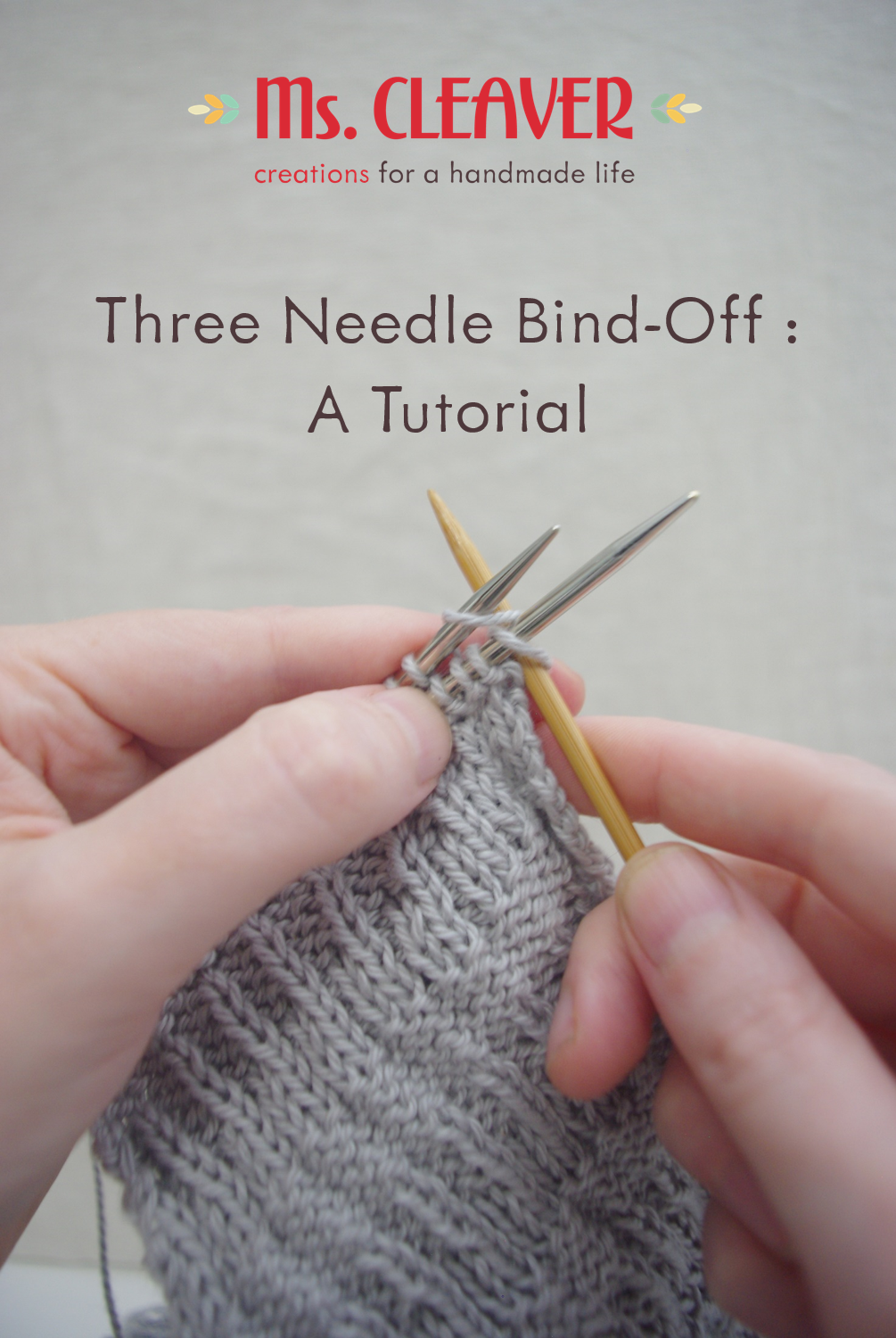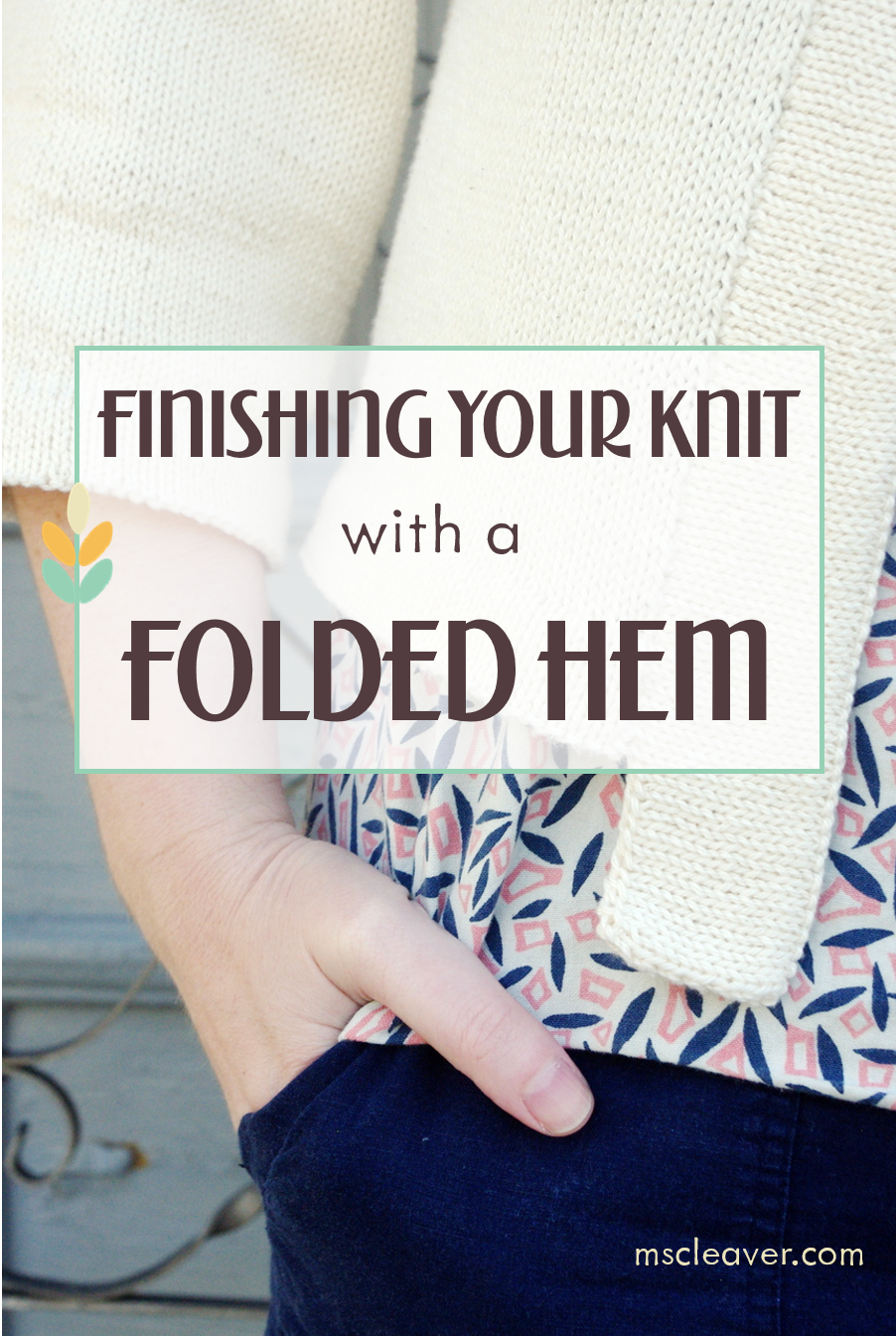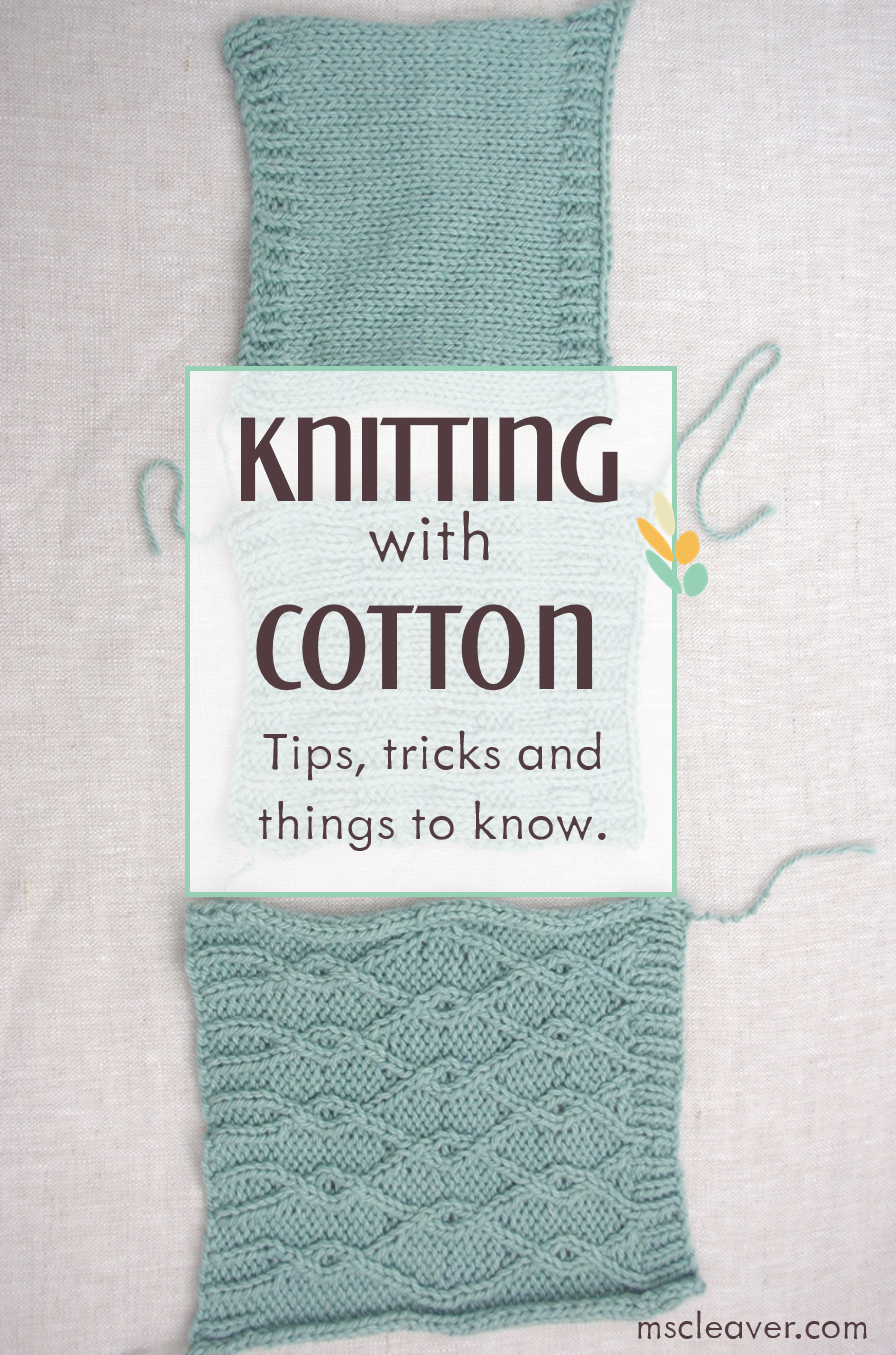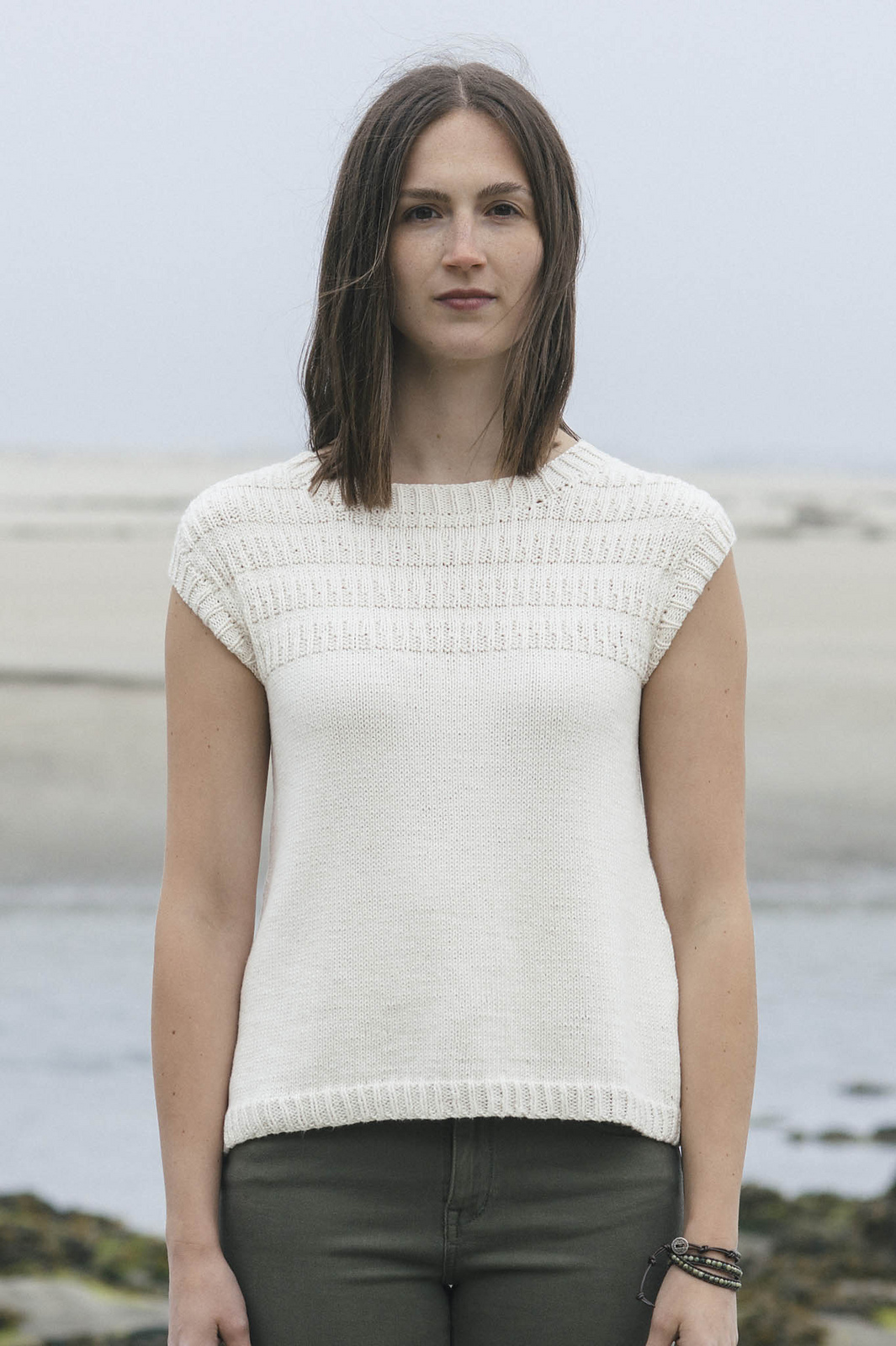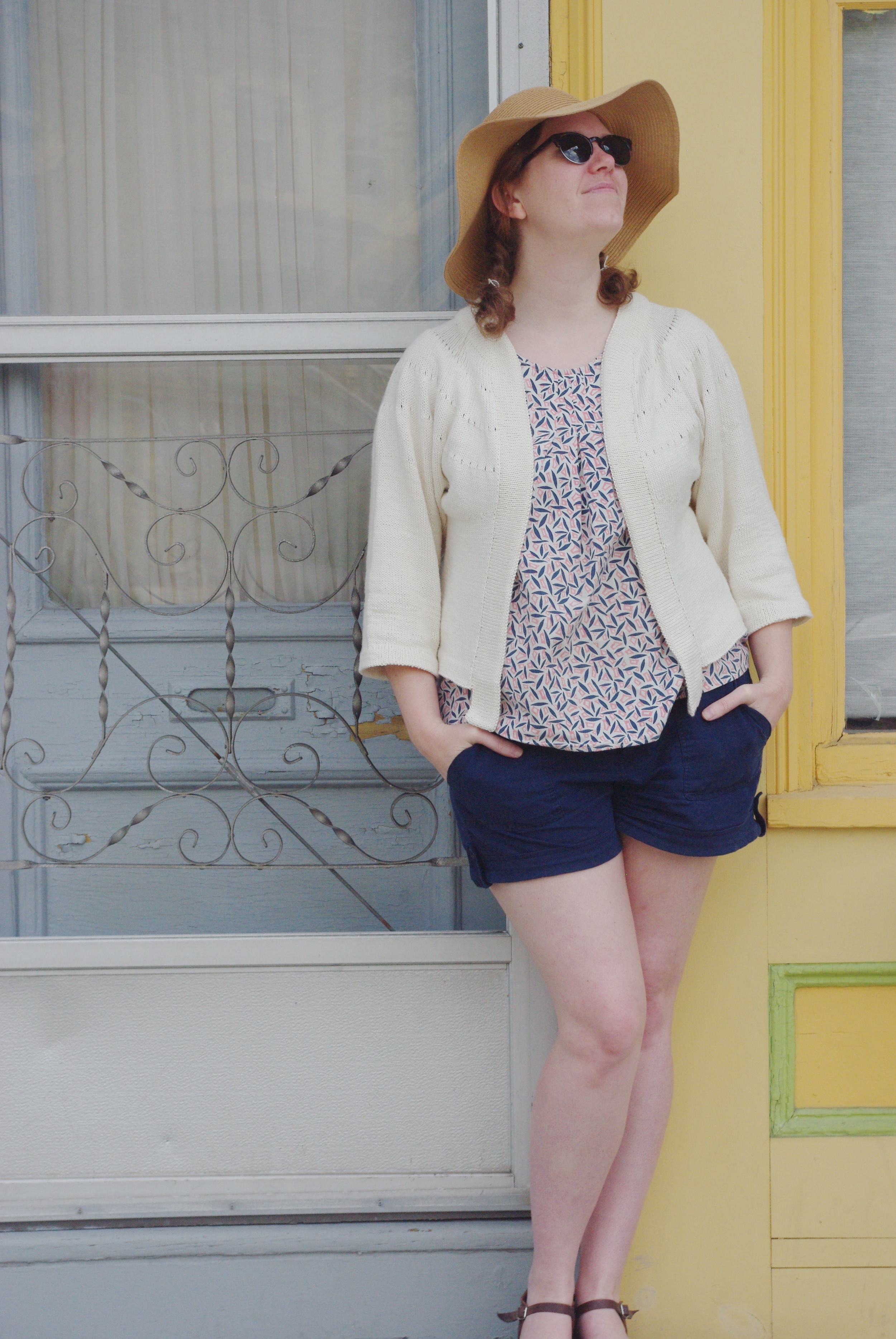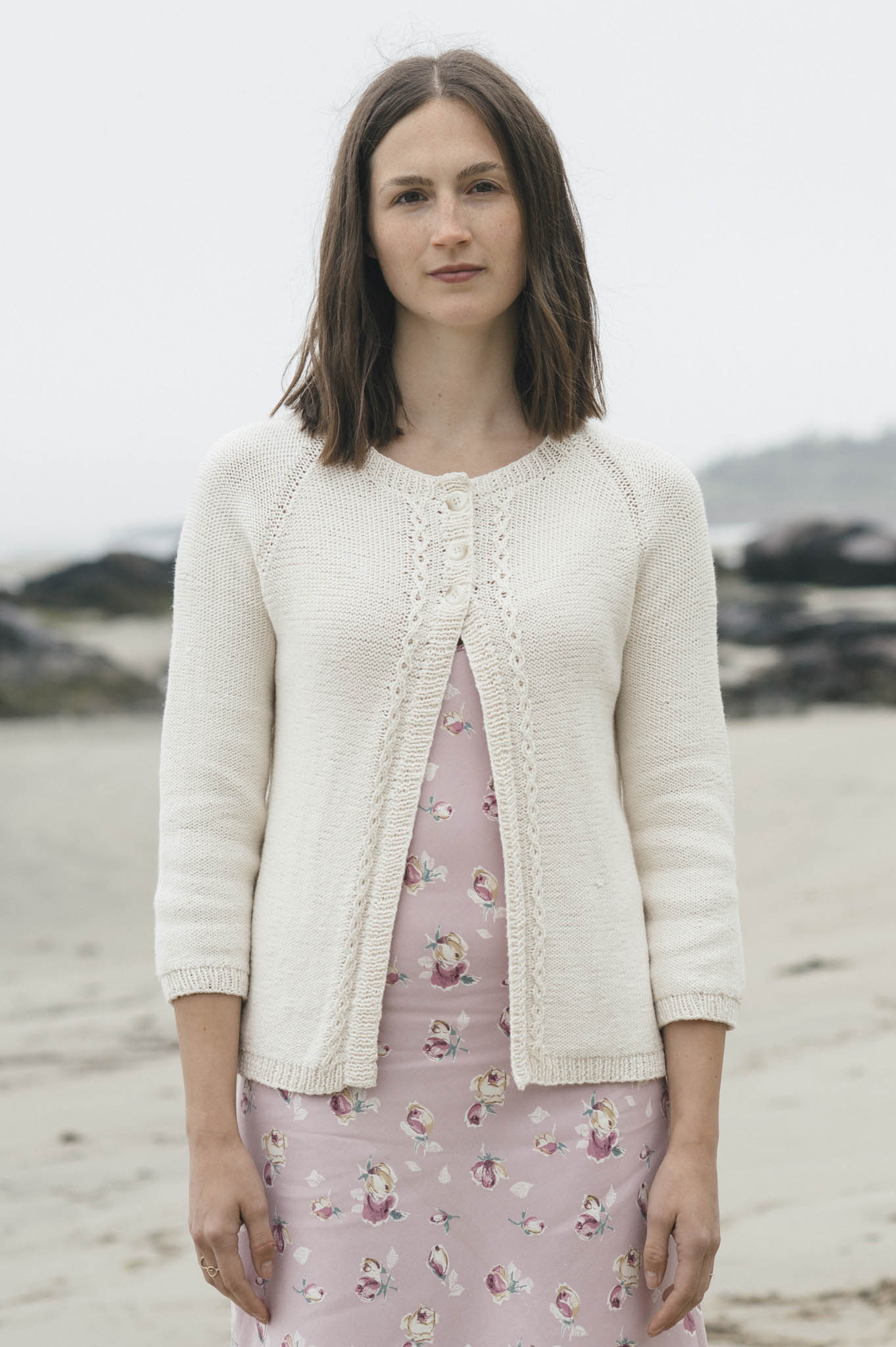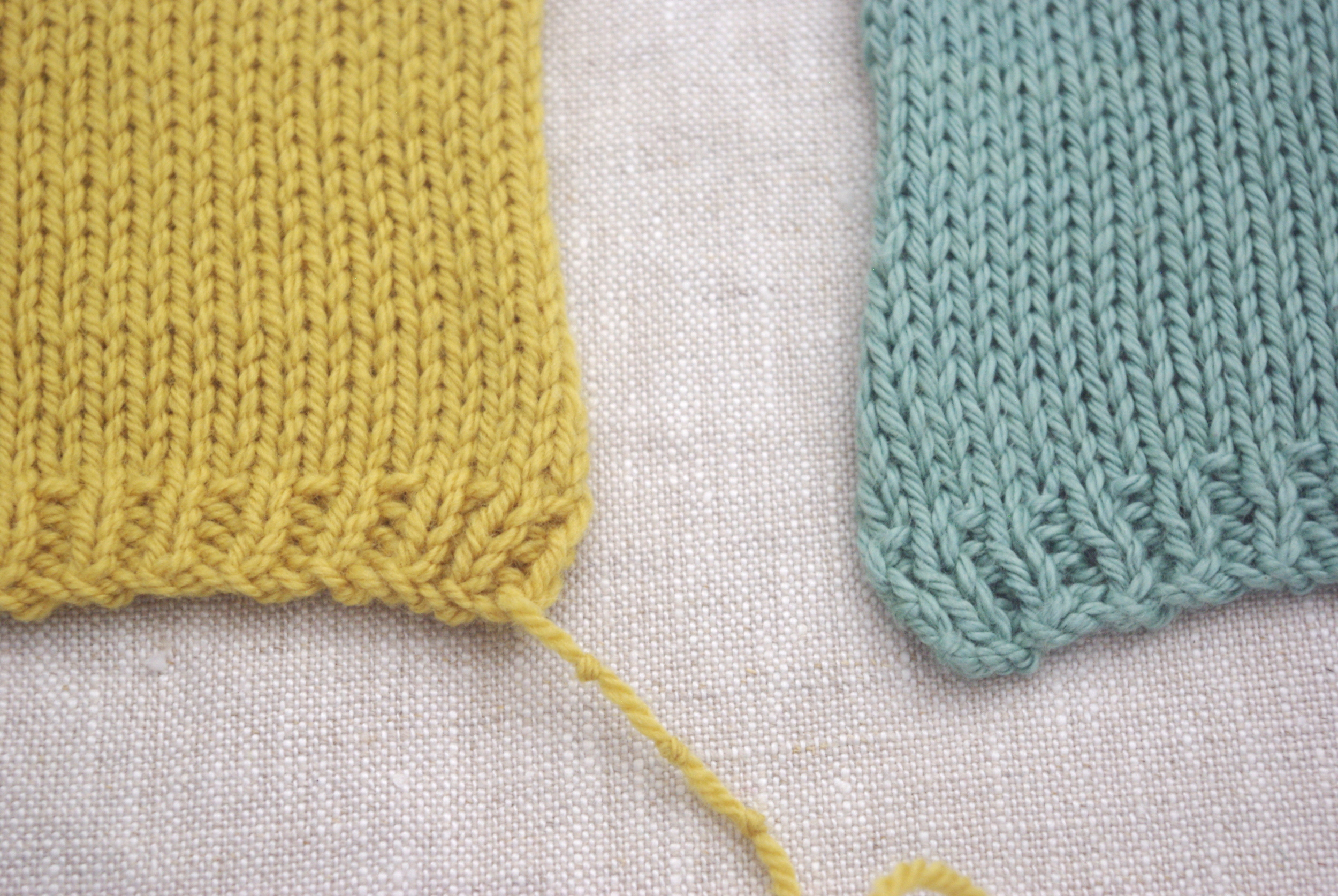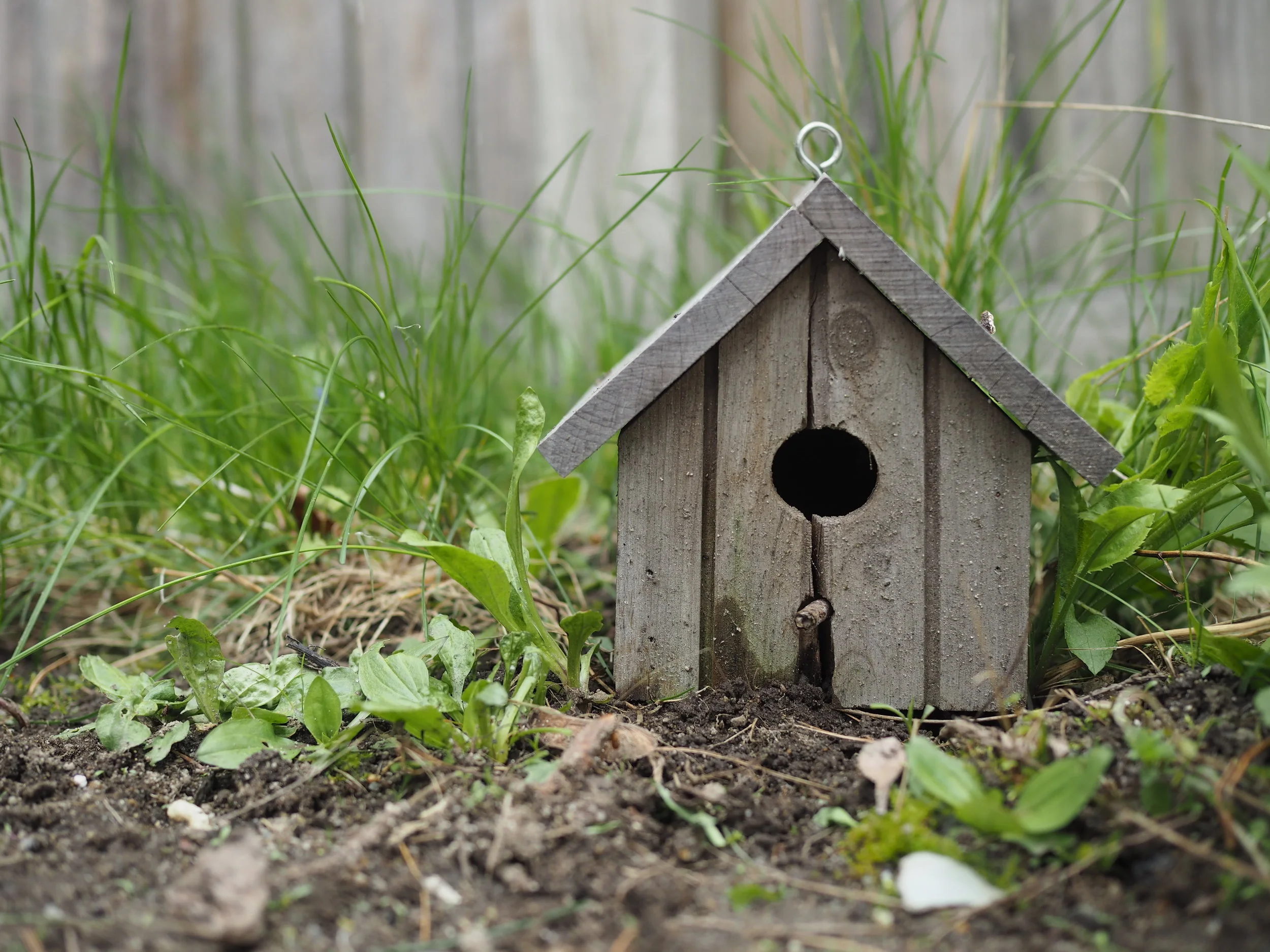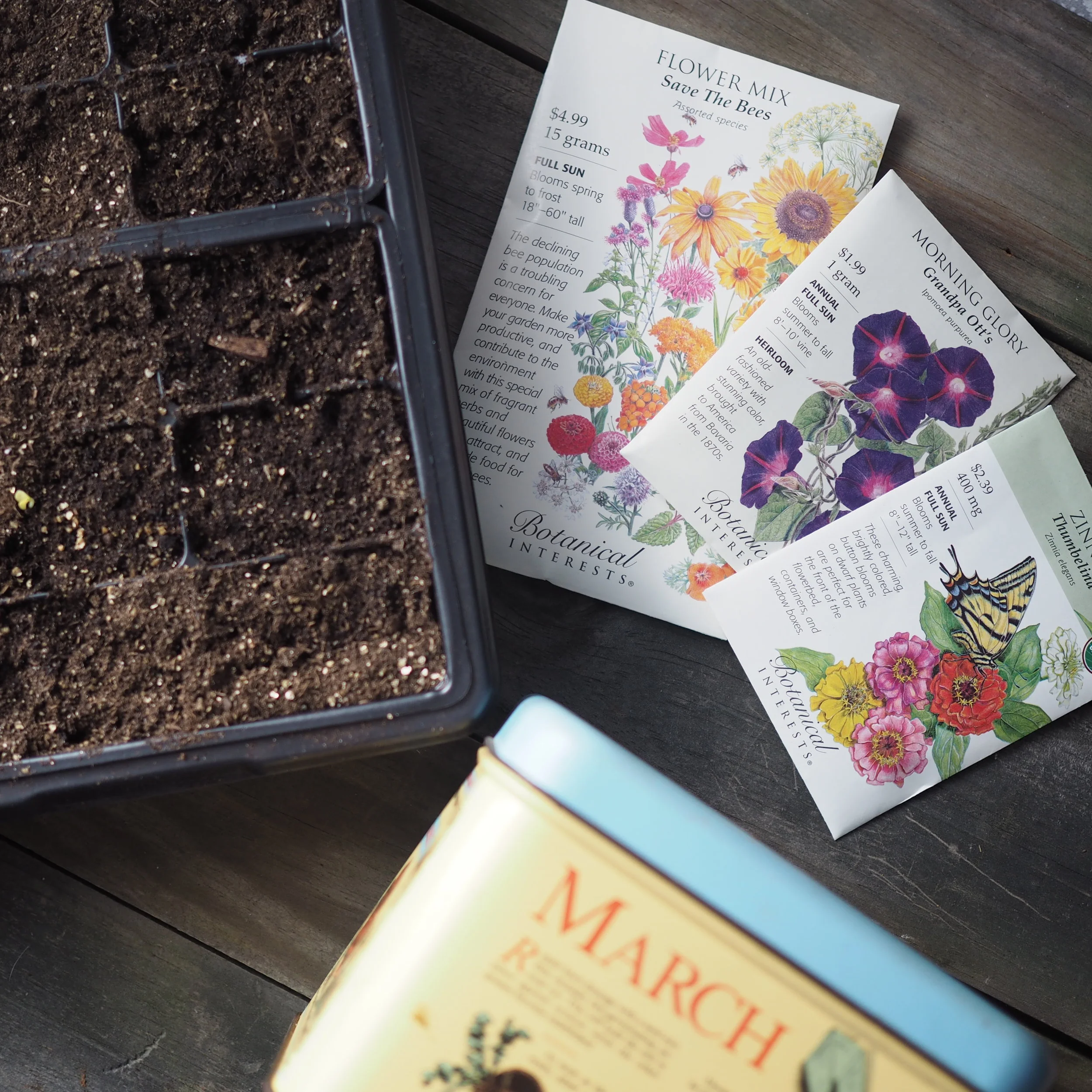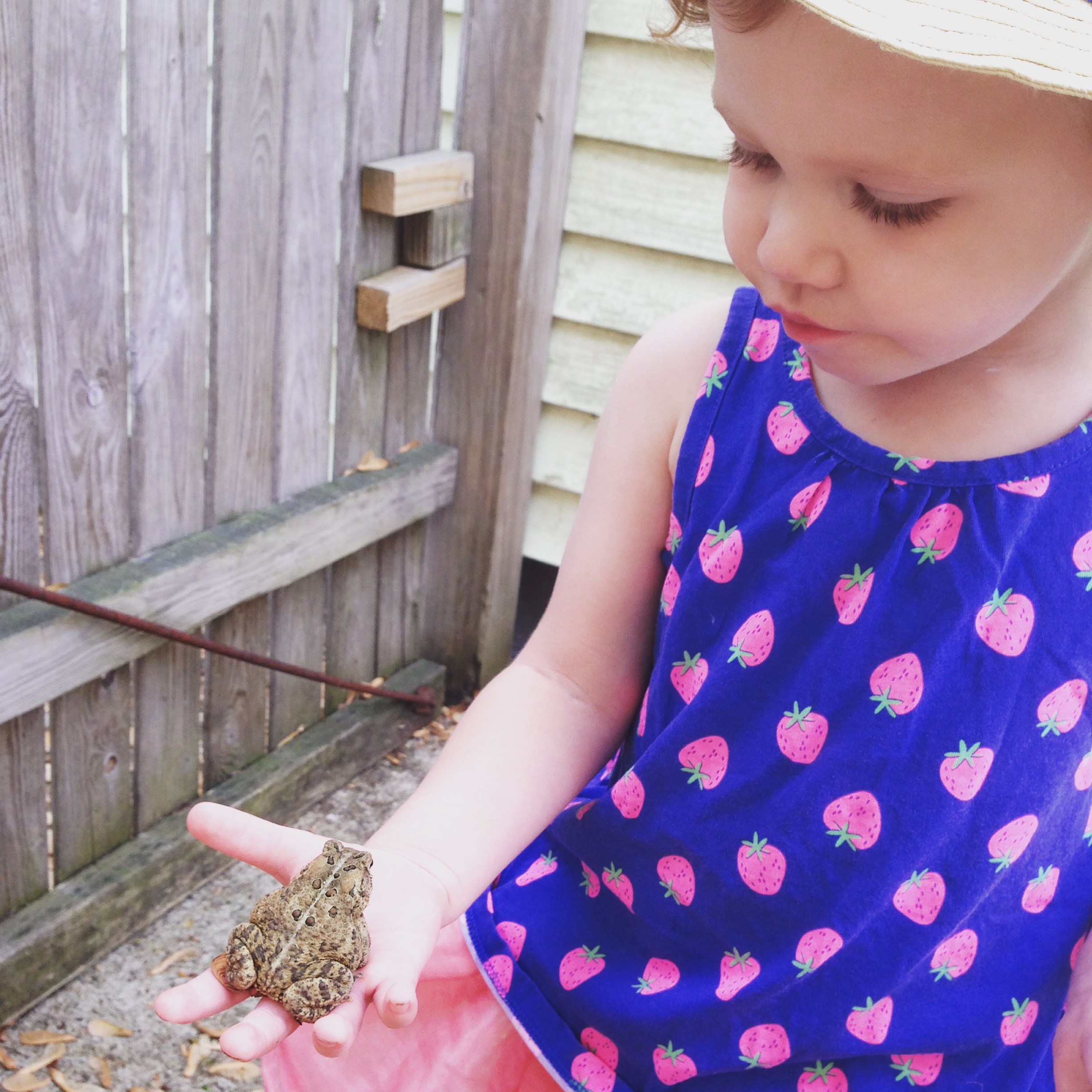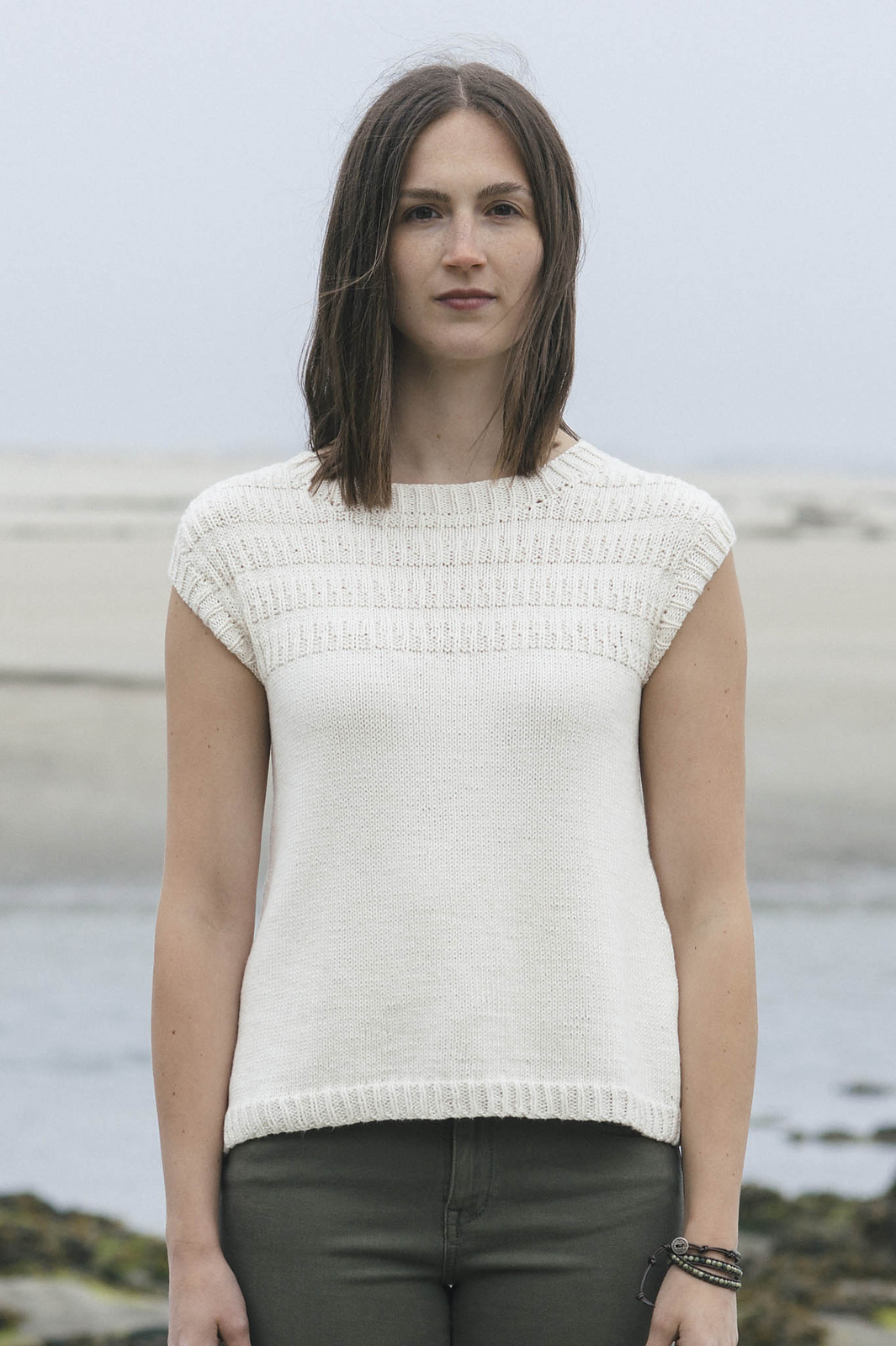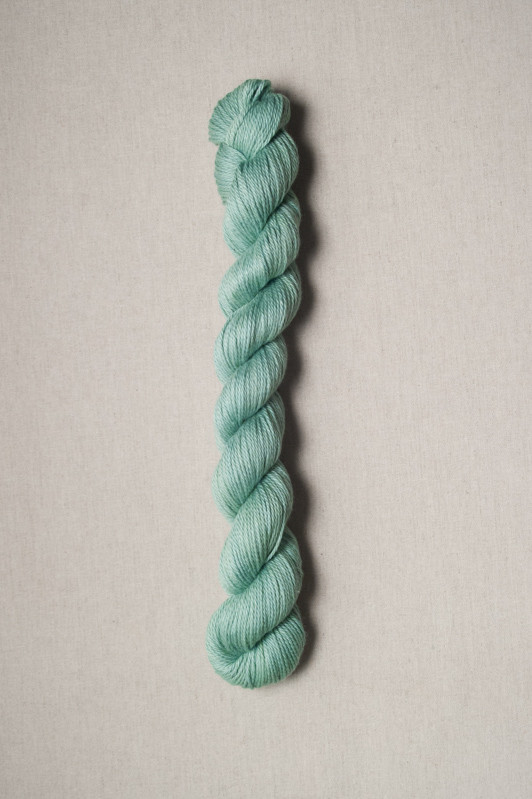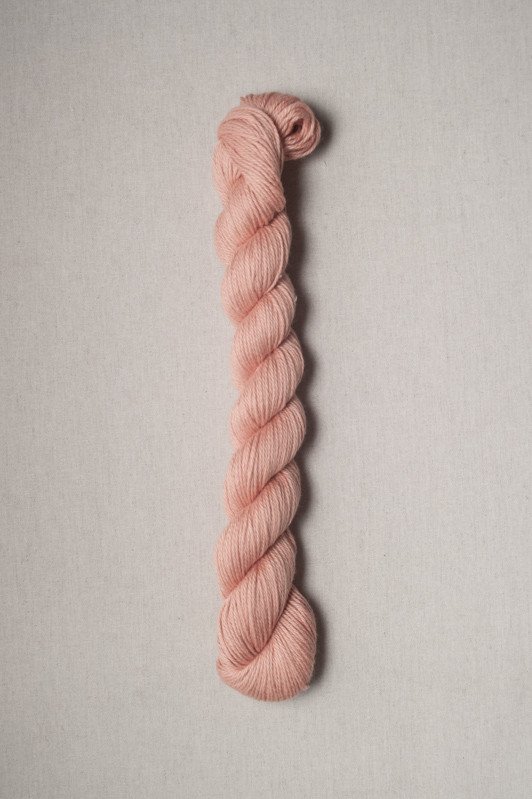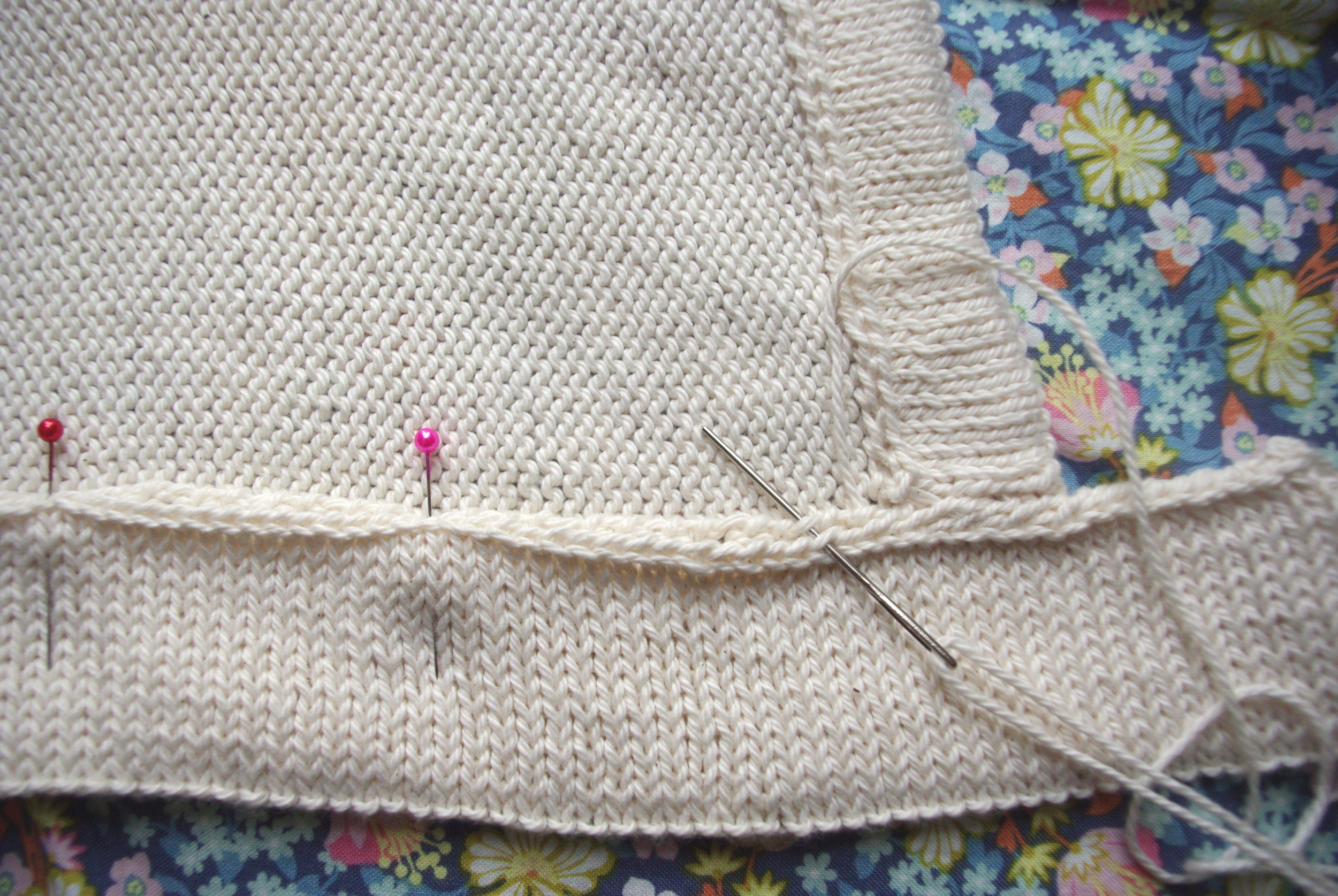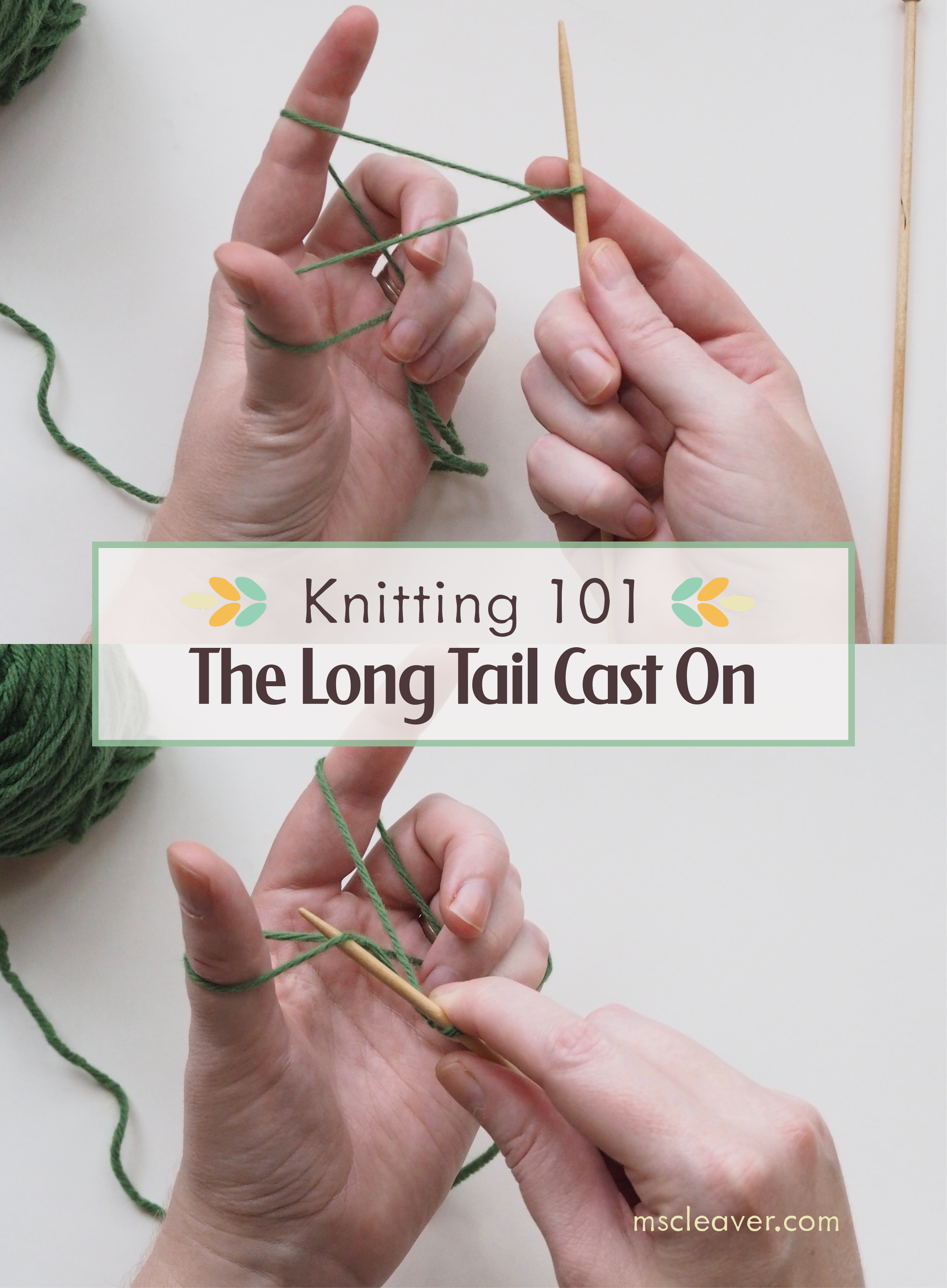I'm pleased to introduce the Paper Bird Shawl - part of Quince and Co's annual Shawl Week and the second in my Songbird series of shawls inspired by music.
Paper Bird is simple to knit, but results in a graceful and dramatic shawl, with biased fabric framed by clean ribs and a distinctive edge of sharp points. Knit in Quince & Co's silk/wool blend Tern, the shawl has gorgeous drape. The shawl can be worn spread out as shown, or the shawl's texture makes it easy to fold up and wear as a cozy scarf.
After the ribs are firmly established, the knitting flows easily off the needles. In some ways, the story for the inspiration behind this pattern is longer than the actual pattern itself.
Do you, do you remember? That time you told me you would unfold me like a paper bird? -Heather Maloney, Word for Word
While listening to the song "Word for Word" by Massachusetts-based singer-songwriter Heather Maloney, I was struck by the phrase "Do you remember that time you told me you would unfold me like a paper bird?"
If you've known me for any length of time, chances are you've seen me make a paper crane ranging in size from over a foot tall (from flip-chart paper) to smaller than your pinkie nail (from a post-it).
When I was ten or so, I read Sadako and the Thousand Paper Cranes in school, which tells the story of a young girl who gets cancer as a result of the Hiroshima bombings and begins folding paper cranes in line with a Japanese legend that a wish will be granted to anyone that folds 1,000 cranes. We learned to fold cranes in class and while I haven’t been striving for any specific wish, I have probably made nearly a 1,000 cranes since that day. But I don’t know that I ever unfolded one, it seems sacrilegious somehow.
The Paper Bird shawl is my attempt to capture the elegance of a live bird’s wing, along with sharpness and folds of its origami counterpart. Through the combination of ribs and bias stitching, the shawl takes on the quality of unfolded origami.
The pattern is available for $6.00 USD from the following online shops:
If you knit it and participate in social media, use #quincepaperbird to share and/or tag me @mscleaver !
I'd love to see your version!!!

